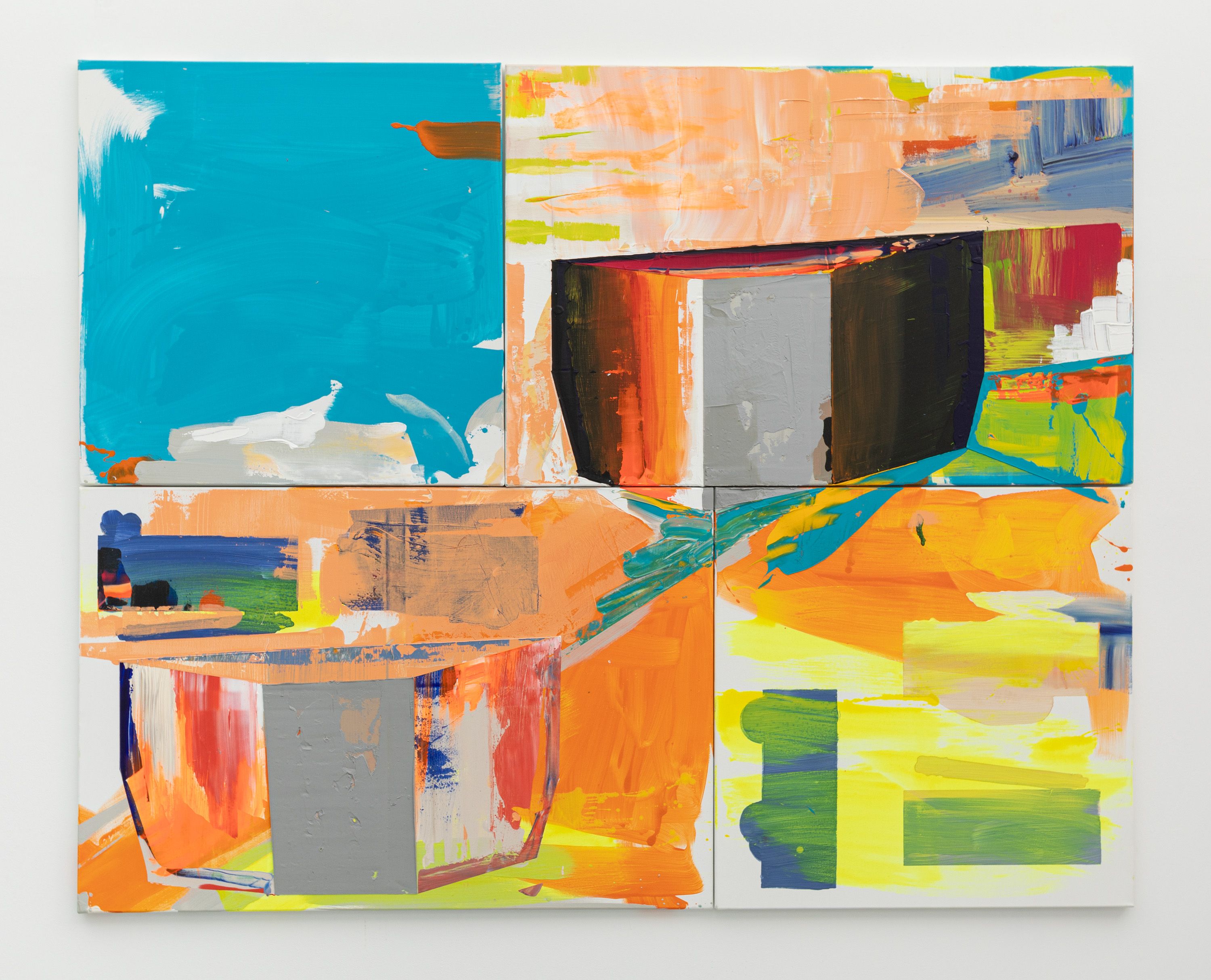Péter Szarka
FAQ
| Venue: | acb Gallery |
| Date: | Jun 08 – 29, 2012 |
Description
Péter Szarka graduated from the Hungarian University of Fine Arts in 1989 and completed his postgraduate studies at the same institution in 1992. From 1989 until its dissolution in 1995, he was a member of the Újlak Group, which operated as one of the defining, progressive art groups on the contemporary art scene of post-regime change Hungary. Originally a student of painting, Szarka made installations in the ‘90s, and then, in the early 2000s, turned to digital imaging. Using three-dimensional design programs in fictitious spaces, he depicted fictitious objects and/or people. In the past few years, his medial repertoire has also come to include the genre of photography, as attested to by a number of black and white photo series and photo-based artworks. Both the photos and the prints resulting from 3-D imaging bear the marks of a painterly perspective, just as they share the characteristics of social critical motivation.
Szarka has recently begun painting and drawing again, although he often uses non-traditional materials (for example, waste materials accumulated in his studio are utilized as painting surfaces), which is also indicative of a return to his ‘90s roots.
The exhibition FAQ features Szarka’s latest work painted with egg tempera. In the displayed pieces, he takes the signs of contemporary visual culture and, robbing them of their original context, uses them in a fractured, fragmented, or transformed format to create new compositions. Employing the methods of graphic and typographic design, and often using textual elements, he creates images that are laconic and lean, but also, at the same time, enigmatic. Szarkas’ presentation of all this via the genre of painting is perplexing, as the style of painting is intentionally not sterile or perfectionist. The artist – through clumsiness, intentional mistakes, and combining varyingly painterly surfaces –ensures that viewers are conscious of the presence of the sensory dimension and his personal touch, which are suggestive of closeness and the aura of the creative process, but, at the same time, also have an alienating effect in terms of content.
The emphasis on intellectual motivation and approach is further enhanced by the brand and slogan-like words that appear on the majority of the paintings. These bring to mind the role of artists in today’s society and their relationship to the spaces and surfaces of artistic expression.
The displayed paintings are related to Szarka’s earlier work primarily through their reduction of content and form. His works are cautious to avoid over-explaining the content; any instruction or guidance to the viewer is intentionally kept to a minimum. We are left with an unusually – and perhaps, at first glance, uncomfortably – large space for exploration and free interpretation, leaving us with the question: what can – what should – the role of art be today?

